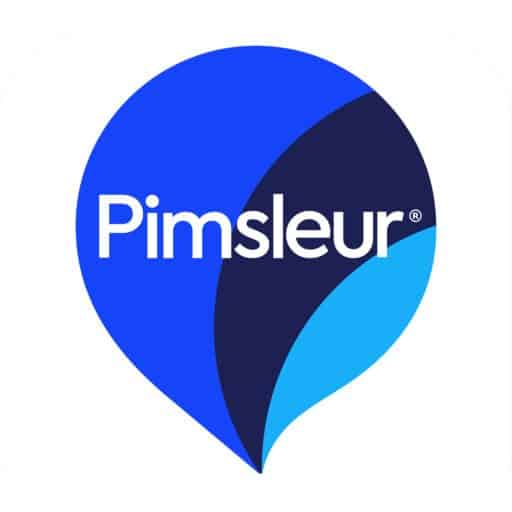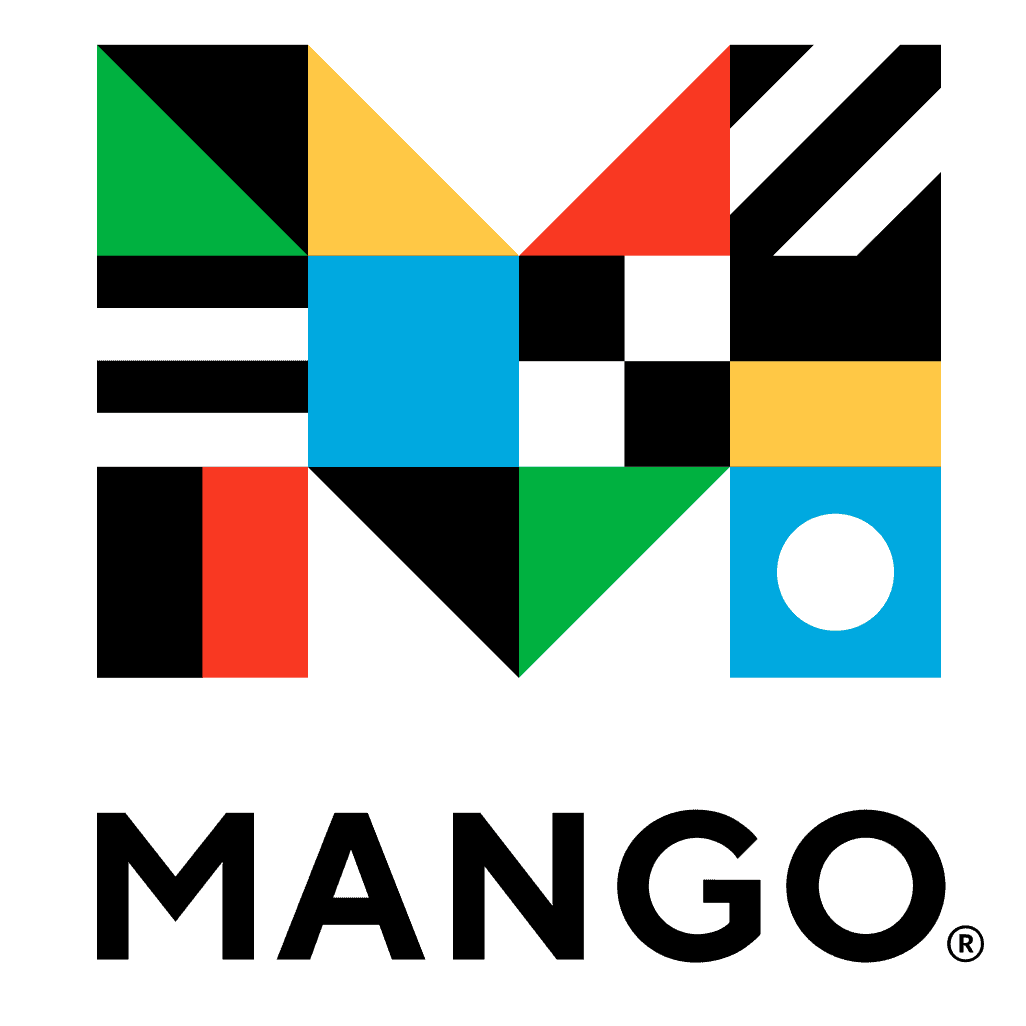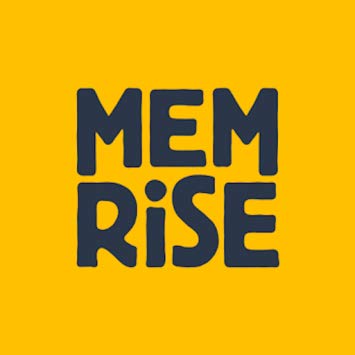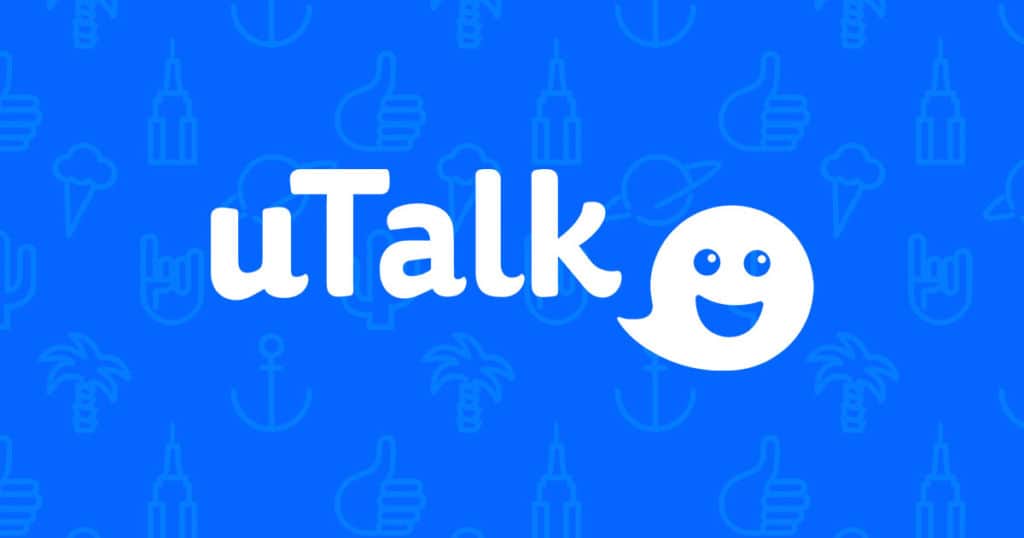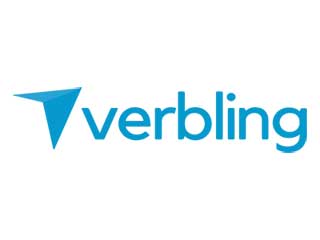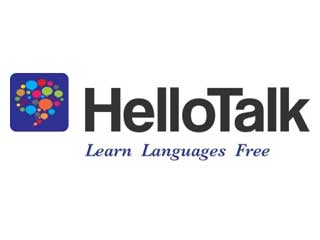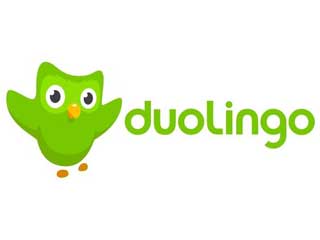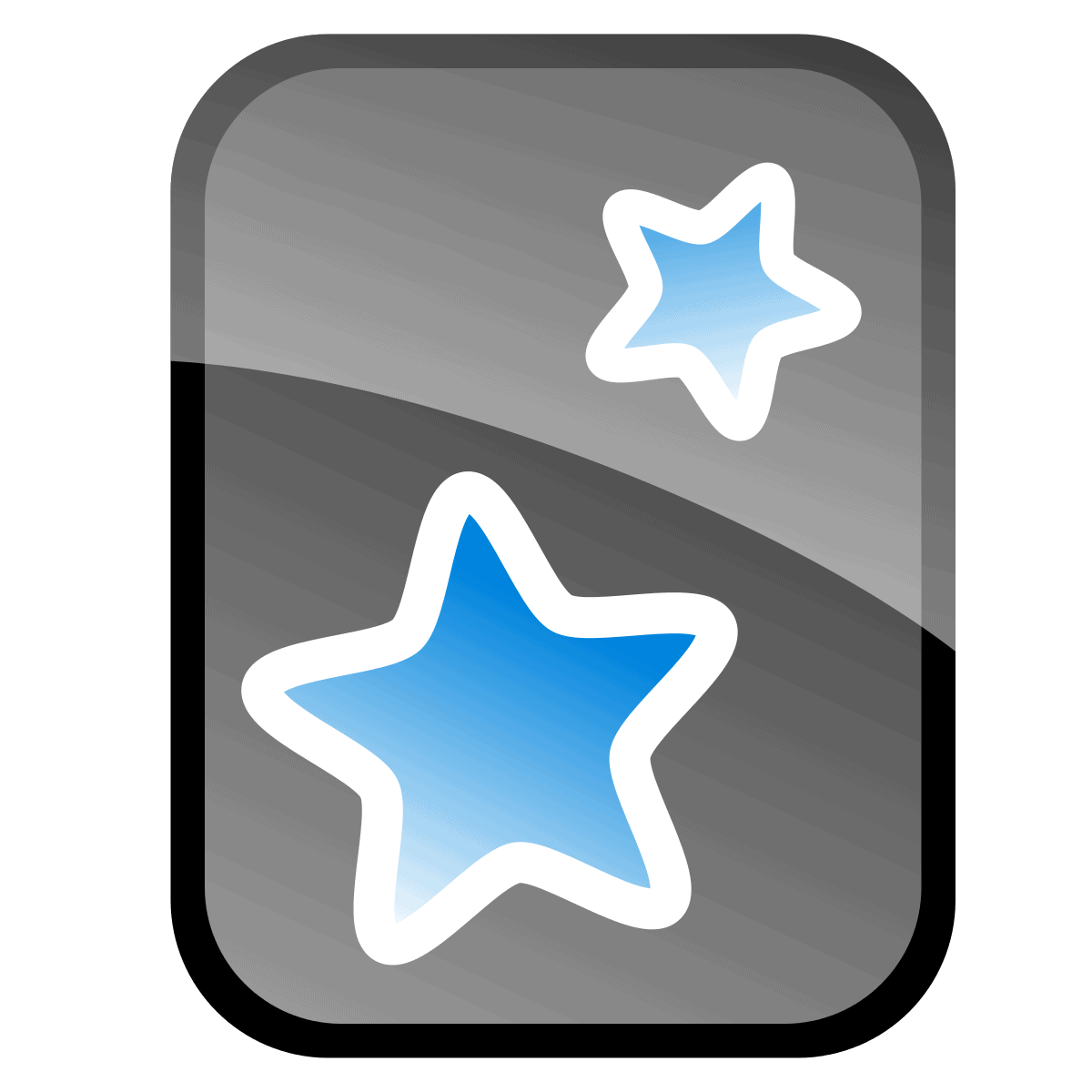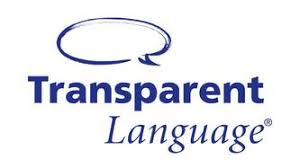You’ve probably dreamt about learning a new language for years, like most people. However, the problem lies in finding a worthwhile program that delivers spot-on instruction. After all, you definitely don’t want to invest your time or money into a course only to find out that you’re pronouncing key verbs wrong.
Lucky for you, language learning is our area of expertise.
To help you learn and reach proficiency in Hindi, we’ve compiled a detailed list of online courses with a lot to offer. We’ve grouped them into categories, so you know what course best fits you and what to expect from each one. And once you’ve found you’re top Hindi course, check out the best ways to learn Hindi online to help in your language learning journey.
Let’s get started.
Table of Contents
Table of Best Courses to Learn Hindi
Links below will send you to the course websites, and the course details are down below:
OVERALL BEST
Best for Developing Communication Skills: Pimsleur
A Course That’s Too Expensive for The Value Provided: Rocket Hindi
BEGINNER’S COURSES
Decent Instruction for Beginners: Mango Languages
READING AND LISTENING
Best Hindi Language Supplement: HindiPod101
SPEAKING AND WRITING
Best For Getting to Speak Hindi From Day 1: Pimsleur
Good for Intermediate Students Wanting to Practice Speaking: Glossika
VOCABULARY ACQUISITION
Most Enjoyable Vocabulary Practice: Memrise
Best for Learning Key Words & Phrases: uTalk
A Decent Course With a Useful Social Feature: Busuu
TUTORS AND LANGUAGE EXCHANGES
Tutoring Help No Matter Your Ability Level: italki
Great Way to Find Tutors and Classes: Verbling
Best Way to Find Language Exchange Partners While Taking Its Audio Lessons: HelloTalk
Overall Best Hindi Learning Courses
These courses for learning Hindi are the highlight of our list. If you want to develop several language skills with courses that take a more comprehensive approach to teaching Hindi, then these are the courses we recommend.
Best for Developing Communication Skills
App improvements (and a price decrease) have bumped Pimsleur to the top tier of our Hindi language list. The dynamic lessons help jump-start your speaking skills, and the verbal prompts keep you on your toes. Each lesson builds upon the previous one, letting you progress into more advanced material.
One of the perks of Pimsleur is how they approach conversational speech. Both male and female voices speak the phrases you’re learning, which means more examples to model your pronunciation after. Since it’s primarily an audio course, when it comes to written language, there isn’t much to work with. Overall, the differences between the standard and premium subscription plans are slight. But one benefit of the more expensive option is there is more reading practice.
Pros
- Spoken language is the highlight, which helps you start quickly.
- Lessons are structured so students have to participate.
- The app is responsive and exciting with lots of cultural info.
Cons
- You can find more exciting lessons elsewhere.
- Written language is not incorporated with the main parts of the lessons.
See our Super-Detailed Pimsleur Review
A Course That’s Too Expensive for The Value Provided
The price is steep, and I’m not quite sure why. Rocket Hindi is an often recommended course that I’m not a fan of. Most activities rely on memorization, though there is a range of exercises to help you with listening and reading comprehension plus writing. Unfortunately, Rocket Hindi focuses more on memorizing words and phrases then learning how to use them independently.
The audio lessons aren’t very engrossing and can even feel cringey at times. Plus, the style is a bit all over the place, with no cohesive feel with learning grammar and acquiring vocabulary, for example.
Pros
- A good balance of teaching grammar and vocabulary while also getting students to participate in the lessons.
- A range of exercises—writing, reading, speaking, and comprehension.
Cons
- Expensive for what you get.
- Memorization is the priority.
Best Hindi Beginner’s Courses
As a beginner, learning Hindi may seem intimidating. You need a strong course to get you started and ensure you progress to fluency. We recommend this beginner course to help you build a strong foundation in Hindi.
Decent Instruction for Beginners
With a Mango subscription, you can learn many different languages without paying again. There are limitations with language offerings, however, with some less popular dialects offering fewer lessons. In any language, lesson descriptions give a preview of what’s to come, but you should work in order as a beginner.
Grammar and cultural notes help immerse you in the language. Beyond the intermediate level, though, there’s not much content for advanced speakers. Stats trackers are nice for seeing what you’ve achieved, but they’re also expected at this price point.
Pros
- Many libraries offer free access
- You can access multiple languages (70+) with a single subscription.
- Engaging user interface and activities.
Cons
- Upper limit is intermediate level, with no work for advanced students.
- The included Google Translate plugin seems a bit lazy.
- Relatively expensive in comparison with other more inclusive programs.
See our Super-Detailed Mango Languages Review
Courses to Learn Hindi Reading and Listening
Understanding any information presented in Hindi is possible if you possess good reading and listening skills. This course will help you practice and improve your Hindi reading and listening skills.
Best Hindi Language Supplement
Both audio and video lessons are part of HindiPod101’s format, but the audio is where most of the meat is. Levels range from beginner to intermediate, so advanced language speakers probably won’t find what they need here. As a supplement, though, HindiPod101 is an excellent subscription option to keep your skills fresh.
Monthly subscription options mean you can drop the lessons when you get bored, which will depend on how skilled you are in Hindi already. With only audio lessons, this won’t be a dynamic solution for learning a language from scratch, though.
Pros
- Podcast format helps with listening and deciphering dialogue.
- Cultural elements and vocabulary in each lesson help make things more interesting.
- Ideal for beginners through intermediate speakers.
Cons
- A lot of English usage at lower levels, which defeats the purpose somewhat.
- You’ll need a textbook or another course to truly grasp the language.
See our Super-Detailed HindiPod101 Review
Courses With Hindi Speaking and Writing Emphasis
When learning a language, speaking and writing are important skills to work on if you want to familiarize yourself with how the Hindi language sounds and how to articulate Hindi words and sentences. These courses will also help you practice written Hindi.
Best For Getting to Speak Hindi From Day 1
App improvements (and a price decrease) have bumped Pimsleur to the top tier of our Hindi language list. The dynamic lessons help jump-start your speaking skills, and the verbal prompts keep you on your toes. Each lesson builds upon the previous one, letting you progress into more advanced material.
One of the perks of Pimsleur is how they approach conversational speech. Both male and female voices speak the phrases you’re learning, which means more examples to model your pronunciation after. Since it’s primarily an audio course, when it comes to written language, there isn’t much to work with. Overall, the differences between the standard and premium subscription plans are slight. But one benefit of the more expensive option is there is more reading practice.
Pros
- Spoken language is the highlight, which helps you start quickly.
- Lessons are structured so students have to participate.
- The app is responsive and exciting with lots of cultural info.
Cons
- You can find more exciting lessons elsewhere.
- Written language is not incorporated with the main parts of the lessons.
See our Super-Detailed Pimsleur Review
Good for Intermediate Students Wanting to Practice Speaking
For more experienced learners, Glossika offers content that poses a challenge. Without a basic knowledge of Hindi, you likely won’t be able to manage Glossika’s audio recordings, tests, and drills. Glossika’s learning methodology focuses on listening to sentences and repeating what you hear. While this can help you improve your speaking skills and listening comprehension, it’s not a particularly exciting experience.
The content is the same for every language, so unique cultural elements of each language are ignored. On the other hand, those learning multiple languages, or want to practice a language they’ve already learned while studying a new one, may appreciate the ability to study without using English.
Overall, it’s a useful resource with a lot of room for improvement, that’s priced quite high given its limitations.
Pros
- Ideal for those who study multiple languages at a time.
- Good mix of audio and text exercises with multiple response modes
Cons
- Price feels excessively high in comparison with other options.
- Not as engaging as other language tools.
- Errors show up too frequently.
See our Super-Detailed Glossika Review
Learn Hindi Vocabulary and Grammar
Vocabulary and grammar are very important when learning any language. To understand grammar rules and expand your vocabulary, you need courses that are specifically made to provide ample material to help you build vocabulary and understand grammar.
Most Enjoyable Vocabulary Practice
The free version of Memrise is well worth your time. In terms of building vocabulary and keeping learners engaged, this app checks all the boxes. That said, it’s more of a flashcard-type platform than a comprehensive course of lessons. For absolute beginners, it’s a fun way to introduce basic vocabulary and learn a handful of phrases.
Beginners or those Hindi speakers looking to enhance their vocabulary will get the most out of this option. What’s nice about Memrise is the variety of courses. You can take specialized lessons in categories like food, grammar, history, and more. If you know the basics but need to practice words for work, dining out, or navigating, you’ll likely find a helpful course on Memrise.
Pros
- The user-created nature of the courses means there’s variation in quality and content topics.
- Specific subject courses to learn relevant vocab.
Cons
- Not a lot of context—mainly vocabulary words and drills.
- Less helpful, the more fluent you are.
See our Super-Detailed Memrise Review
Best for Learning Key Words & Phrases
This is another app with courses available in a staggering number of languages. It’s essentially a slick flashcard app with several built-in memorization games and some opportunities for recording yourself speaking to practice pronunciation. It won’t give you any grammar practice or teach you how to form your own sentences, but it can make an inexpensive way to memorize some useful set phrases
Pros
- Each phrase is recorded by a male and female native speaker
- You frequently get to hear recordings of yourself producing the language
- The price is very affordable
Cons
- The Memory Game exercise felt like a waste of time. It’s difficult to get a perfect score even if you know the language well
- Practice phrases are random
See our Super-Detailed uTalk Review
A Decent Course With a Useful Social Feature
Busuu offers language instruction in 11 different languages and is similar in approach to Babbel. The interface is exceptionally nice with this one, as is the nifty social feature. The feature allows users to get feedback from others on their pronunciation and writing skills and is free to use.
Practice happens through interactive activities with native speaker audio that are accompanied by grammar explanations, though they might not be the most in-depth explanations you’ll find. Overall, Busuu is a potentially good place to get practice in a wide variety of language skills, especially for those at lower levels. It’s also hugely popular.
Pros
- The layout is easy to use and engaging
- The conversation lessons are especially useful
- The social feature is great
Cons
- The grammar explanations and practice could be better.
See our Super-Detailed Busuu Review
Tutors and Hindi Language Exchange
Connecting with a native tutor or a language exchange partner is a great way to get you communicating comfortably with other Hindi speakers and sharpening your overall language skills. This category includes our top courses to help you find tutors and language exchange partners.
Tutoring Help No Matter Your Ability Level
If you’re the type of language learner who needs one-on-one support, italki might be the perfect solution. It’s not a language program, but rather a platform for locating tutors. Every instructor on the site is either a professional teacher or community tutor. Teachers must have teaching experience, a degree in education, or a teaching certificate. Community tutors either have advanced language knowledge or are native speakers.
When looking for an instructor, you can narrow your search by gender, age range, nationality, and more to find the best match. If you want more structured learning, choosing a professional teacher is likely a better option. For conversational practice, a community tutor might fit the bill.
Pros
- Trial lessons are a low-risk way to see if you and your chosen teacher are compatible.
- Platform tools like the Language Partners section enable you to get free language help, usually by trade.
- Tons of teachers are typically available to schedule lessons with.
Cons
- Transactions are in italki “credits” and processing fees make the lessons a little more expensive than you first expect.
- Scheduling requires some planning, typically a day in advance.
See our Super-Detailed italki Review
Great Way to Find Tutors and Classes
Verbling is an online language-class marketplace where you can take lessons with teachers of your choice. It has some student-friendly extra features, including a built-in online classroom, flashcards, homework calendar, and a filing system for lesson materials. There are also useful but disorganized forums where you can discuss languages, share writing for critique, and do free language drills and exercises.
The lessons are generally high quality and well structured, plus the filters make it easy to find teachers who specialize in everything from accent reduction to interview preparation.
Pros
- You can find great teachers very quickly.
- The platform’s extra features, such as teacher-made, personalized flashcards, help you review the material learned in each lesson.
- It seems focused on long-term progression as well as immediate student satisfaction.
- You don’t have to give out your contact details, thanks to the classroom technology.
Cons
- Some teachers don’t use the platform’s flashcards and materials system.
- There are fewer languages available than on italki.
- You can only pay in US dollars, plus there’s a hidden fee.
- The forums need more moderation.
See our Super-Detailed Verbling Review
Best Way to Find Language Exchange Partners While Taking Its Audio Lessons
HelloTalk is a mobile app for language learners interested in language exchange. It facilitates communication between native speakers and those learning their language with the use of built-in language tools. It also offers audio lessons in 10 languages as part of a separate subscription.
Pros
- It’s exciting to practice communicating with real people
- The built-in language tools are helpful
- It’s easy to pick up and put down whenever you like
Cons
- It’s too easy to rely on google translate
- It can be hard to find good partners
- The paid audio lessons probably aren’t worth it
See our Super-Detailed HelloTalk Review
Maybe Try These Hindi Learning Courses
While the courses listed in this section didn’t make our top picks for one reason or another, they’re commonly recommended and could be worth considering.
Udemy
Udemy has content on nearly every language plus other topics. Courses last anywhere from half an hour to six hours. Once you purchase a course, you have lifetime access to the content (and any updates). To become fluent, you will certainly need more than one course.
From beginner introductions in Hindi to writing tips to conversational phrases, you can learn the ins and outs of the language with a handful of classes. Unlike other platforms, though, you pay for each course separately, which could end up costing you. Fortunately, each course has a money-back guarantee in case you’re unhappy with the content or the instructor.
edX
edX offers language courses for beginner through to advanced students from various universities on edX. And if you’ve mastered all those, you can even study courses in Hindi about other topics.
The content, quality, teaching style, and price will vary, so it can be hard to know whether a course is a good use of your time beforehand. However, they tend to be freemium, so it’s easy to sample them before committing.
Coursera
Coursera offers online courses from universities around the world, open for registration at any time, and self-paced. Advanced learners can take courses on many different subjects taught in Hindi, and others will be able to find courses teaching the language. Courses are free and many for a fee. Most offer a certification upon completion if you’re willing to pay.
Rosetta Stone
Simple navigation and well-produced material are cornerstones of Rosetta Stone. But with so much competition, the program just doesn’t stack up. Its high price point and lack of excitement mean a relatively dull learning experience.
Beginning learners can start developing vocabulary early on, which is a perk. But there’s not much cultural immersion happening. You can’t expect explanations or tips—just learning through pictures and matching phrases to scenarios. In short, more valuable resources (for less money) are available elsewhere.
ALR Readers Exclusive Holiday Deal!! Get the Lifetime Subscription for 25 languages for $179 (everywhere else it’s $199 right now!). See details on the website.
See our Super-Detailed Rosetta Stone Review
Mondly
Mondly is a language-learning app that teaches basic vocabulary and grammar structures. It seems most appropriate for learners with little to no exposure to their target language. The activities mostly rely on passive recognition of vocabulary and phrases, and therefore are not very challenging. However, they are varied enough that you probably wouldn’t get bored with short, daily practice sessions.
Although I wouldn’t recommend Mondly to anyone looking to seriously learn a language, it may be appropriate for individuals studying languages with less available resources, or for individuals who are preparing to travel abroad.
Spring Sale! Get 96% off Lifetime Access to Mondly Premium, plus bonus access to Mondly AR & Mondly Kids! See details on the website. Offer ends on 4/30/24.
See our Super-Detailed Mondly Review
Best Free(mium) Courses for Learning Hindi
Take your pick at our Bargain Basement, where we’ve listed the most budget friendly courses to help you learn Hindi. Have a look and see which ones you like best.
Beginner-Level Approach to a Complex Language
Duolingo is one accessible and free app that casual learners tend to love. The key word here is casual, though, as the platform doesn’t go too in-depth. Instead of learning Hindi in a well rounded manner with clear explanations — Duolingo teaches primarily through exercises.
Also, you will need to use another resource to learn the Hindi alphabet—Devanagari—because Duolingo doesn’t teach it well. There are some limitations in terms of teaching and reinforcing other concepts, too. But if you know the basic rules of the language and want to practice, this is probably a practical option.
Pros
- Great audio content and quality.
- Teaches simply for beginners.
- Offers plenty of practice once you master the basics.
Cons
- Limited number of lessons available compared to other languages.
- Some topics not covered thoroughly, making it difficult to move past beginner level in Hindi.
See our Super-Detailed Duolingo Review
A Free Resource for Supplementation
Two volumes, starting at advanced beginners and intermediates, respectively, cover video exercises, translations, and more. A total of 20 lessons span listening comprehension and translation activities. Volume 2 focuses more on increasing vocabulary and exposing you to cultural information. Social issues are a big topic in Volume 2.
Volume 1 starts with a storytelling format. You watch the video and read the text, with a highlighting tool providing translation for more challenging words. You can turn off the transcription, slow down the reading, or play audio-only. The comprehension questions leave something to be desired—there’s no way to submit your responses for correction, making the activities futile.
Pros
- Free supplement with a range of exercises.
- Both audio and text comprehension activities.
Cons
- Content is a bit dated—the video quality is circa the ‘90s.
- No correction offered for free writing exercises.
Great Spaced-Repetition Flashcards
This powerful SRS flashcard app is one of the most used, and not just for languages. It is the go-to app for free (except on iOS) Spaced Repetition System (SRS) flashcards. It has a simple user interface with various features that more hard-core users can dive into if they choose. Your flashcards will appear according to your natural forgetting curve; the app will test you in increasingly spaced out intervals, with more difficult cards appearing more than once in a session, while easier cards spacing out over weeks — or even months and years.
Pros
- Offers a wide range of features.
- Allows synching across multiple devices.
Cons
- Anki’s interface may be a bit intimidating for beginners.
- The aesthetic isn’t very appealing.
See our Super-Detailed Anki Review
Self-Guided E-Book Study With Supplements
FSI is a Hindi course in e-book format. The book format itself is a bit outdated and clearly a scanned document. A lot of the type is crooked but still legible. You will need an understanding of the basic Hindi alphabet before starting, meaning this isn’t a course for complete beginners.
You will, however, start out with short phrases and useful expressions. There’s a lot of discussion on grammar, specifically verb usage, that helps build on lower-level skills. While this language doesn’t include audio functions (other languages with FSI do), many of the activities are quite in-depth, making this a worthwhile resource for many Hindi learners.
Pros
- Easy to use PDF/e-book with tiered exercises.
- Can download or print for easy studying.
Cons
- No audio element, so speech skills are difficult to practice.
- The content can be challenging to work through by yourself.
- The course material is very old.
Basic Exposure to a Wide Range of Languages
Tons of different languages are available on Transparent Language. But unfortunately, you won’t be learning much of anything in Hindi. Why? Because the material isn’t very thorough, and you’re essentially memorizing words and short phrases without any context. Drilling these bits of the language in isolation doesn’t help make you fluent.
The user interface isn’t very engaging, either. Between the repetition and the dull interface, there’s not a whole lot to like here. That said, there are some cool features, like the ability to record and insert yourself into a conversation to hear how it flows. But overall, Transparent won’t be winning any awards.
Pros
- An apparent voice recognition tool rates your pronunciation, albeit it’s hard to figure out how accurately.
- Vast range of languages available if you want to study something in addition to Hindi.
Cons
- Practicing the language become monotonous with repetitive prompts.
- Price is steep, given the limitations of the lessons.
- Strong focus on memorization without teaching how the language works.
See our Super-Detailed Transparent Language Review
So, What is the Best Course for YOU to Learn Hindi?
There’s lots of Hindi courses to choose from, but not all are the same. There are courses for every learner depending on learning goals and preferences. Additionally, t is always smart to explore other methods of learning a language. Take a look at our post on the Best Podcasts To Learn Hindi.
Have you tried any Hindi learning courses before? Tell us more about them in the comments!


